Introduction to Double Sided PCB Assembly
Double sided PCB assembly, also known as two-layer PCB assembly, is a process of assembling electronic components on both sides of a printed circuit board (PCB). This type of PCB assembly is widely used in various industries, including consumer electronics, automotive, aerospace, and medical devices. Double sided PCB assembly offers several advantages over single sided PCB assembly, such as increased component density, improved signal integrity, and better thermal management.
Advantages of Double Sided PCB Assembly
-
Increased component density: Double sided PCB assembly allows for more components to be placed on the same board size compared to single sided PCB assembly. This is particularly useful for applications that require high functionality in a small form factor.
-
Improved signal integrity: By placing components on both sides of the PCB, the distance between components can be reduced, which minimizes signal distortion and improves overall signal integrity.
-
Better thermal management: Double sided PCB assembly allows for better heat dissipation, as components can be spread out over a larger surface area. This helps to prevent overheating and ensures reliable operation of the electronic device.
-
Cost-effective: Although double sided PCB assembly requires more complex manufacturing processes compared to single sided PCB assembly, it can be more cost-effective in the long run. This is because it allows for higher component density and better utilization of board space, which reduces the overall size and cost of the electronic device.
PCB Assembly Process
The double sided PCB assembly process involves several steps, including:
-
PCB design and layout: The first step in the PCB assembly process is to design the PCB layout using specialized software. The layout must take into account the placement of components on both sides of the board, as well as the routing of traces and vias.
-
PCB fabrication: Once the PCB layout is finalized, the board is fabricated using a variety of methods, such as etching, drilling, and plating. The fabrication process must ensure that the board meets the required specifications for thickness, hole size, and copper weight.
-
Solder paste application: After the PCB is fabricated, solder paste is applied to the pads where the components will be placed. This is typically done using a stencil printing process, which ensures that the solder paste is applied evenly and accurately.
-
Component placement: The next step is to place the components on the PCB. This is typically done using automated pick-and-place machines, which can place components at high speeds and with great precision. The components are placed on both sides of the board, with the top side components being placed first.
-
Reflow soldering: After the components are placed, the PCB undergoes a reflow soldering process. This involves heating the board to a specific temperature profile, which melts the solder paste and creates a strong mechanical and electrical connection between the components and the PCB.
-
Inspection and testing: Once the soldering process is complete, the PCB undergoes a thorough inspection and testing process to ensure that it meets the required quality standards. This may involve visual inspection, automated optical inspection (AOI), and functional testing.
Challenges in Double Sided PCB Assembly
While double sided PCB assembly offers many advantages, it also presents some challenges that must be addressed during the manufacturing process. Some of these challenges include:
-
Alignment: Ensuring proper alignment of components on both sides of the PCB can be challenging, particularly for high-density designs. Misalignment can lead to poor electrical connections and reduced reliability.
-
Thermal management: Double sided PCB assembly can make it more difficult to manage heat dissipation, particularly for high-power components. Proper thermal management techniques, such as the use of heat sinks and thermal vias, must be employed to ensure reliable operation.
-
Solder joint reliability: The reliability of solder joints can be a concern in double sided PCB assembly, particularly for components with small pitch sizes. Proper process control and inspection techniques must be used to ensure that solder joints are strong and reliable.
-
Warpage: Double sided PCB assembly can be more susceptible to warpage, particularly during the reflow soldering process. Warpage can lead to poor component alignment and reduced reliability. Proper material selection and process control can help to minimize warpage.
Choosing a Double Sided PCB Assembly Company
When choosing a double sided PCB assembly company, there are several factors to consider to ensure that you receive high-quality PCBs that meet your specific requirements. Some of these factors include:
Experience and Expertise
It is important to choose a PCB assembly company that has experience and expertise in double sided PCB assembly. Look for a company that has a proven track record of successfully completing projects similar to yours. Ask for references and case studies to verify their experience and expertise.
Quality Control Processes
Quality control is critical in double sided PCB assembly, as even small defects can lead to reduced reliability and performance. Look for a PCB assembly company that has robust quality control processes in place, such as automated optical inspection (AOI), X-ray inspection, and functional testing. Ask about their quality certifications, such as ISO 9001 and IPC standards.
Manufacturing Capabilities
Double sided PCB assembly requires specialized manufacturing capabilities, such as automated pick-and-place machines, reflow ovens, and inspection equipment. Make sure that the PCB assembly company you choose has the necessary equipment and capabilities to handle your specific requirements, such as high-density designs or unique material requirements.
Turnaround Time and Pricing
Turnaround time and pricing are also important factors to consider when choosing a double sided PCB assembly company. Look for a company that can meet your delivery requirements without sacrificing quality. Be sure to get quotes from multiple companies and compare pricing, but don’t sacrifice quality for the lowest price.
Customer Service and Support
Finally, choose a PCB assembly company that provides excellent customer service and support. Look for a company that is responsive to your inquiries and provides clear communication throughout the manufacturing process. Make sure that they offer support after delivery, such as warranty and repair services.
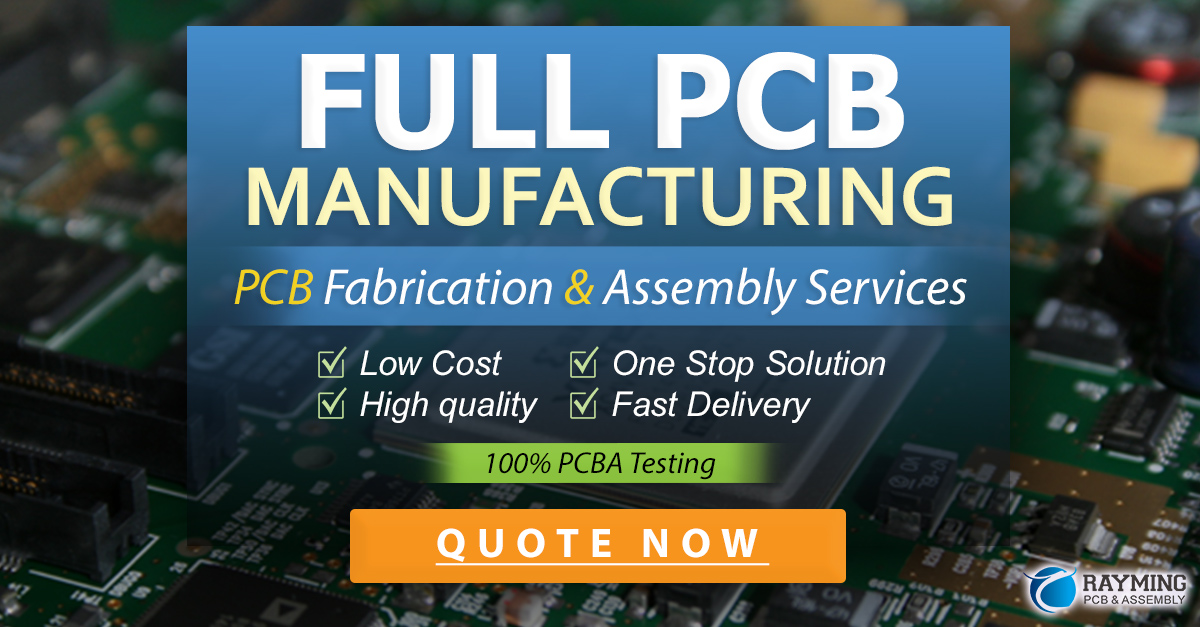
Top Double Sided PCB Assembly Companies
There are many double sided PCB assembly companies to choose from, each with their own strengths and capabilities. Here are some of the top companies in the industry:
1. Foxconn
Foxconn is a global electronics manufacturing company that offers a wide range of services, including double sided PCB assembly. They have a strong reputation for quality and reliability, and have worked with many leading technology companies, such as Apple and Dell.
2. Jabil
Jabil is another global electronics manufacturing company that offers double sided PCB assembly services. They have a strong focus on innovation and technology, and have invested heavily in advanced manufacturing capabilities, such as 3D printing and robotics.
3. Flextronics
Flextronics is a global electronics manufacturing company that offers a wide range of services, including double sided PCB assembly. They have a strong focus on supply chain management and have developed a global network of manufacturing facilities to support their customers.
4. Celestica
Celestica is a global electronics manufacturing company that offers double sided PCB assembly services. They have a strong focus on quality and have implemented Six Sigma methodologies throughout their manufacturing processes.
5. Sanmina
Sanmina is a global electronics manufacturing company that offers double sided PCB assembly services. They have a strong focus on technology and have invested heavily in advanced manufacturing capabilities, such as automation and robotics.
Conclusion
Double sided PCB assembly is a complex process that requires specialized equipment, expertise, and quality control processes. When choosing a double sided PCB assembly company, it is important to consider factors such as experience, quality control, manufacturing capabilities, turnaround time, pricing, and customer service. By selecting a company that meets your specific requirements and has a proven track record of success, you can ensure that your double sided PCBs are of the highest quality and reliability.
Frequently Asked Questions (FAQ)
1. What is the difference between single sided and double sided PCB assembly?
Single sided PCB assembly involves placing components on only one side of the PCB, while double sided PCB assembly involves placing components on both sides of the PCB. Double sided PCB assembly offers several advantages over single sided PCB assembly, such as increased component density, improved signal integrity, and better thermal management.
2. What are some common applications for double sided PCBs?
Double sided PCBs are commonly used in a wide range of applications, including consumer electronics, automotive electronics, medical devices, aerospace, and industrial equipment. They are particularly useful for applications that require high functionality in a small form factor, such as smartphones, wearables, and IoT devices.
3. What are some of the challenges in double sided PCB assembly?
Some of the challenges in double sided PCB assembly include ensuring proper alignment of components on both sides of the PCB, managing heat dissipation for high-power components, ensuring the reliability of solder joints, and minimizing warpage during the reflow soldering process.
4. How do I choose a double sided PCB assembly company?
When choosing a double sided PCB assembly company, consider factors such as experience and expertise, quality control processes, manufacturing capabilities, turnaround time, pricing, and customer service. Look for a company that has a proven track record of successfully completing projects similar to yours and that can meet your specific requirements.
5. What are some of the top double sided PCB assembly companies?
Some of the top double sided PCB assembly companies include Foxconn, Jabil, Flextronics, Celestica, and Sanmina. These companies have a strong reputation for quality and reliability, and have worked with many leading technology companies around the world.
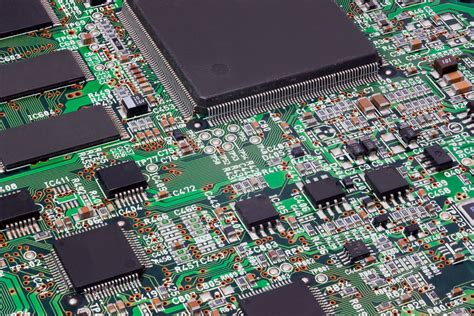
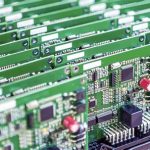

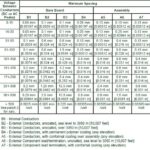

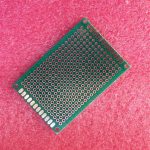
Leave a Reply